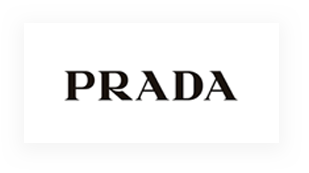Refractive errors are the most common eye or vision problem in the world. Despite the fact that the majority of us will experience some form of it in our lifetime, very few are actually familiar with what the phrase “refractive error” actually means.
The term “refractive error” refers to some kind of problem with the eye that causes light to converge incorrectly within the eye. The problem is usually caused by the shape of the eye. In some cases, the cornea is too curved for the length of the eyeball. In others, the eyeball is too long for the curve of the cornea. The result is blurring and a lack of acuity within a specific field of vision.
Myopia or Nearsightedness
Myopia is the most common refractive error, appearing in young children and adults alike. This particular refractive error occurs when the shape of the eye causes light to focus in front of the retina, rather than directly on it. As a result, the patient cannot clearly see objects that are far away.
Myopia in Children
Studies show that increasing numbers of children are being diagnosed with myopia at increasingly younger ages. While there is no concrete proof of what is causing this trend, there is some evidence to suggest that extended exposure to computer screens and tablets could be linked to cases of myopia.
Myopia Control
Myopia is slightly different from other refractive errors in that while there is no cure, there are a few treatments to prevent the condition from progressing. Since myopia stems from the shape of the eye, scientists have discovered that stopping or managing the growth of the eye can keep the refractive error from becoming worse. There are a variety of treatments used to accomplish this, including special overnight contact lenses, atropine drops, and multifocal glasses.
Hyperopia or Farsightedness
Where myopia causes light to focus on a point in front of the retina, hyperopia causes light to focus on a point behind the retina. As a result, the patient cannot clearly see objects that are close in front of them. Hyperopia is also common in children, however, since it’s caused by a relative shortness of the eyeball, they usually grow out of it. Though it is less common than myopia, hyperopia is still relatively common; affecting roughly 1 in 4 people.
The Difference Between Hyperopia and Presbyopia
Presbyopia also causes a loss of acuity in close-up vision. However, while hyperopia is caused by the eyeball being disproportionately short, presbyopia is caused by a natural hardening of the lens. This process is a standard part of ageing. Even patients with no history of eye issues will experience presbyopia eventually.
Astigmatism
While astigmatism is also caused by the shape of the eye, it is not uniform like the other types of refractive errors. Astigmatism refers to an irregularly shaped cornea. This results in a lack of acuity to some degree at all distances.
Toric Contact Lenses
Special contact lenses exist to correct astigmatism. These lenses are called toric lenses. The meridians of toric lenses contain varying degrees of magnification to provide correction for all distances. Because these lenses must be placed in a certain orientation to be effective, there is often a small weighted portion at the bottom of the lens to keep it in the correct position.
Living With a Refractive Error
Although a refractive error is inconvenient and frustrating, it is usually easily corrected with contact lenses, glasses, or laser surgery. Contact us today, and we’ll happily walk you through all your corrective options.















